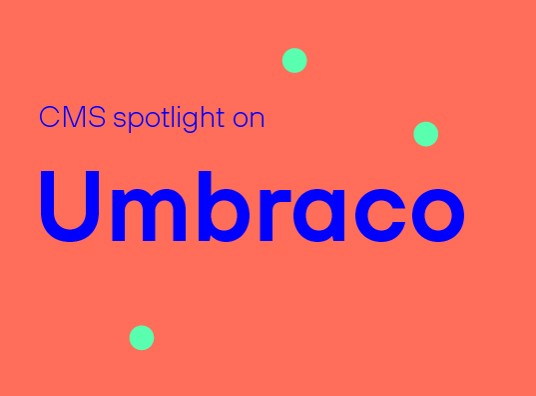Losing our heads: Building websites that scale
Looking for a technology solution that will scale with your business?
Here at True we’ve been creating well-built websites with strong architectures for 15 years.
We know our stuff when it comes to back-end technologies and we provide our clients with platforms that suit them, whatever their size, goals or strategy.
That means we’re always exploring new techniques for making development and maintenance as simple, cost-effective and pain-free as possible.
Which is why we’ve been considering ‘headless’ website development - part of the Microservices design philosophy where sites are broken down into smaller, more manageable pieces.
The term “headless” comes from the concept of chopping the “head” (the front end, i.e. the website) off the “body” (the back end, i.e. the content repository).
Designing like this, with a separate front end and back end, can provide a huge host of benefits and the risks are minimal.
Why go headless?
For a start, sites built headlessly scale well.
For example, if you’re an ecommerce business and you want to sell via an app and an online shop, you can manage that all from the same CMS. Simple.
Or, if you want to have a multi-region site that targets visitors in different geographies with different content, that’s easy too.
And if you need separate microsites for child brands then that can all work from the same front end, too.
It also makes upgrading in the future much easier as you can swap out the front end or back end without affecting the other.
Being able to separate front end from back end means that developers are more often working on what they’re good at.
Work never gets repeated, and if (when) something breaks, it’s far easier to diagnose.
It also means making changes to front end can never break the back end (and vice versa) because they are disconnected.
More benefits!?
Yep. We’re not done yet.
- Changes are often cheaper as they’ll tend to require only one team, not both.
- That makes maintenance cheaper too.
- Bugs are fixed quickly when you can immediately recognise the root of the problem.
- User experience is improved, as the tools used to create these come with additional benefits such as image optimisation or caching built in.
- Your ecosystem (web apps, desktop apps, mobile & tablet apps) can grow indefinitely using the same back end.
- Your customer reach can grow as much as it wants using the same front end.
- Performance increases as unused code is removed (if you have multiple sites) and content is loaded lazily (only when the user needs it).
- Enhancements you can't get as easily while using back-end templates, such as a checkout flow on a single page.
Sounds too good to be true, is it?
Actually, no; these ideologies have been used by companies like Facebook & Google for about 3 years, which means they’re now pretty commonplace across the web and most issues have been solved.
Is a headless CMS right for you?
There are a couple things to consider when questioning if this is right for you (spoilers: it usually is):
- If you never need to update your content, this solution is overkill and it’s probably worth considering a static website (without a CMS).
- If you absolutely must require all content to be accessible by very old browsers (IE 6-8) or the site must be 100% functional without javascript, this may not be the right approach for you (but these are very specific/outdated requirements 99.9% of websites don’t need)
- Developers require certain (modern) skillsets to be able to make the most of this approach.
If your business needs a cost-effective and scalable technology solution get in touch with Tim.


